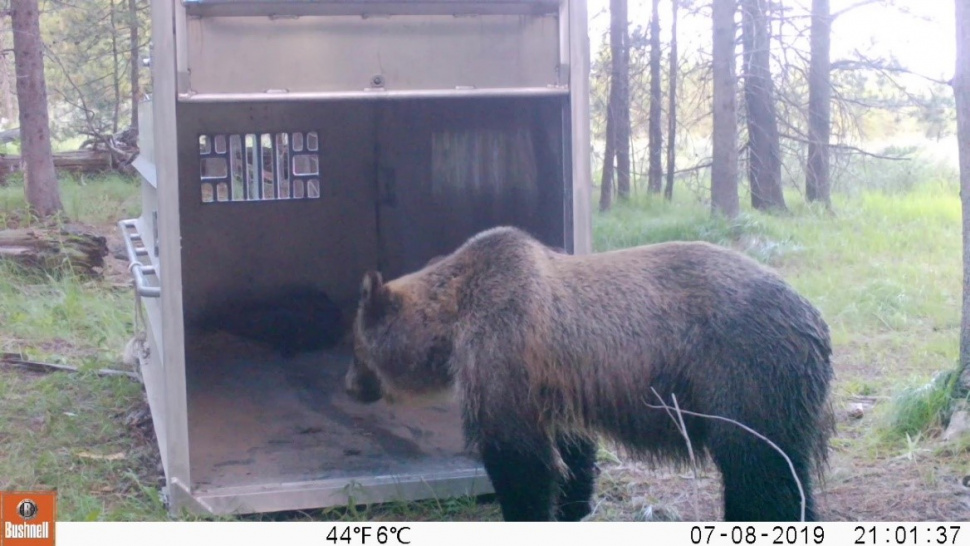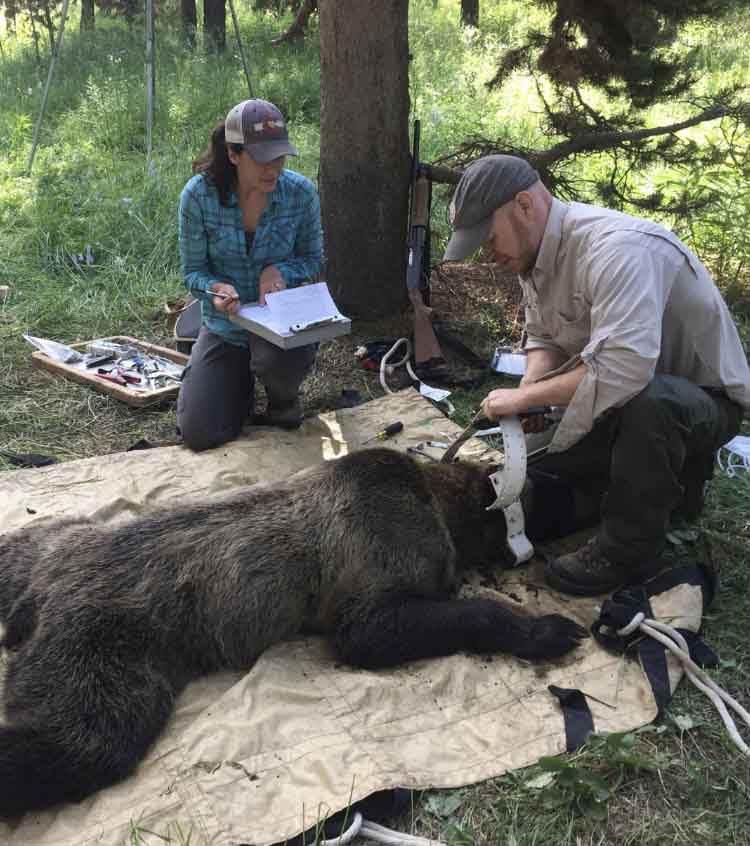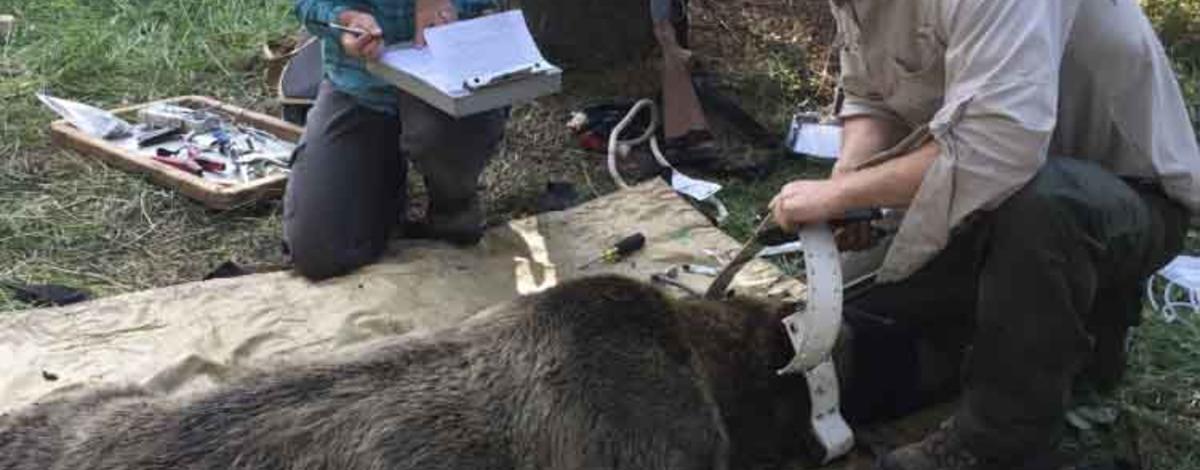Idaho Fish and Game staff were recently notified of livestock that were killed in late-June in the Panhandle.
The first incident occurred on June 24 and was reported to Fish and Game on June 27. A pig was killed by a confirmed grizzly bear near Good Grief in Boundary County, just south of the Canadian border. In response to the incident, a Fish and Game Conservation Officer along with USDA Wildlife Services staff investigated the scene, provided the landowner with electric fencing to secure remaining livestock and set traps on the property to try and capture the bear.
The second and third incidents occurred near Elmira in Bonner County. A domestic pig was killed by a confirmed grizzly bear on June 28. On the evening of June 29, four goats were killed by a bear on a nearby property. Further investigation could not confirm the species of the bear responsible for the goats’ deaths, but given the close proximity to the previous attack, it is likely the same grizzly bear.

In response to the incidents, Fish and Game Conservation Officers and USDA Wildlife Services staff provided the landowners with electric fencing to secure remaining livestock and set multiple traps in an attempt to capture the bear.
If grizzly bears are successfully trapped at the location of any of the incidents, staff will check for lip tattoos and ear tags to determine whether or not the bears have been encountered before or if they are previously undocumented animals.
In addition, if bears are captured, US Fish and Wildlife staff along with Fish and Game will collect biological data including DNA, measurements, sex and age. If bears are relocated, a GPS collar will be placed on them for future tracking of their movements and behaviors.

We are here to help
Two Fish and Game employees are largely dedicated to grizzly bear management and education in the Panhandle Region. The first is a Grizzly Bear Enforcement and Education Senior Conservation Officer, and the second is a seasonal Grizzly Bear Management and Education Biologist.
The positions exist to respond to grizzly bear-human conflicts, work with landowners to prevent future bear conflicts and provide bear education and outreach. Both positions are based out of Boundary County, and as part of their program, supplies and support can be provided to the public for grizzly bear-human conflicts.
Landowners can request assistance with and a variety of educational materials for “living in bear country” by contacting the Panhandle Regional office at (208) 769-1414. We encourage the public to take advantage of the resources we have available to help. In addition, cost-sharing programs through other entities exist for reducing human-bear conflicts.
Important reminders
We’ve said it before but it can’t be said enough, there are some simple steps homeowners and landowners can take to make their properties less attractive to bears and reduce the likelihood of potential problems.
- Electric fences are the most effective deterrent for grizzly bears. If you have livestock, secure them overnight in a barn, or corral them in an electrified fence.
- Properly dispose of attractants, including trash, animal carcasses, compost, livestock feed and beehives.
- Securely store food, garbage and other attractants in a bear-resistant place.
- Keep pet food secured as you do your own. Bears like pet food as much as your pet does.
- Avoid filling bird feeders until wintertime.
- Do not bury or throw garbage into the nearby woods.
- Make sure to clean your grills and keep them in a building, if possible.
In addition, here are a few tips in the event you do encounter a bear:
- Never approach bears, always stay at least 300 feet away.
- Do not interrupt bear activities.
- Never feed bears.
- Carry bear spray and know how to use it.
- Never run if you encounter a bear.
Know the difference between a defensive encounter and a predatory encounter and how to respond in each situation. Check out this helpful video for details.
For more information or if you have questions, please contact the Panhandle Regional office.
You can also follow the Panhandle Region Facebook page to get regular news and updates.

